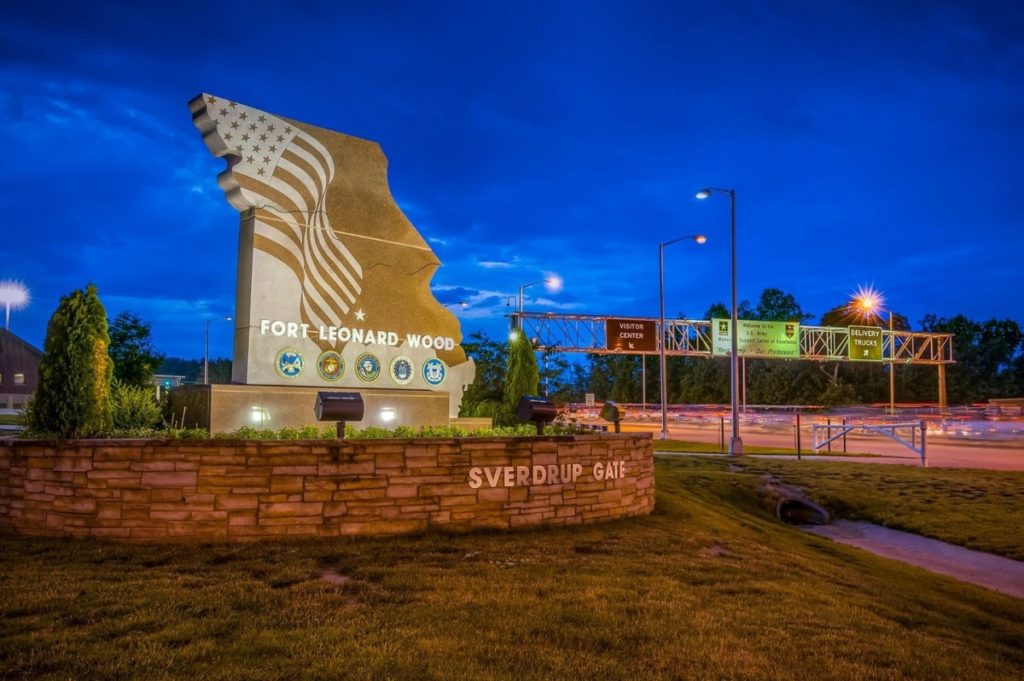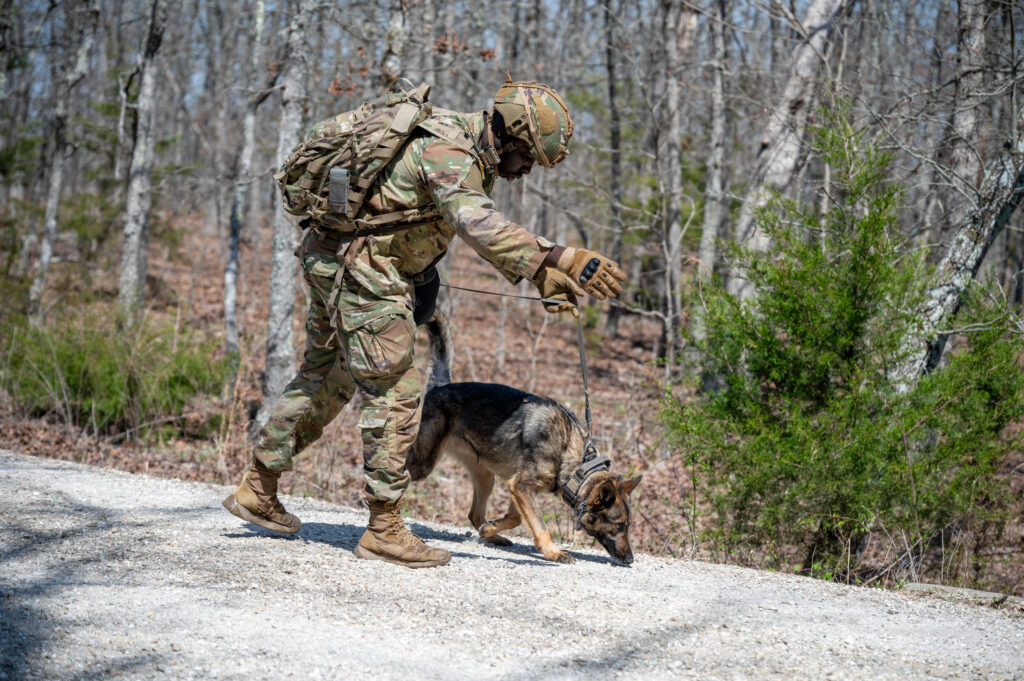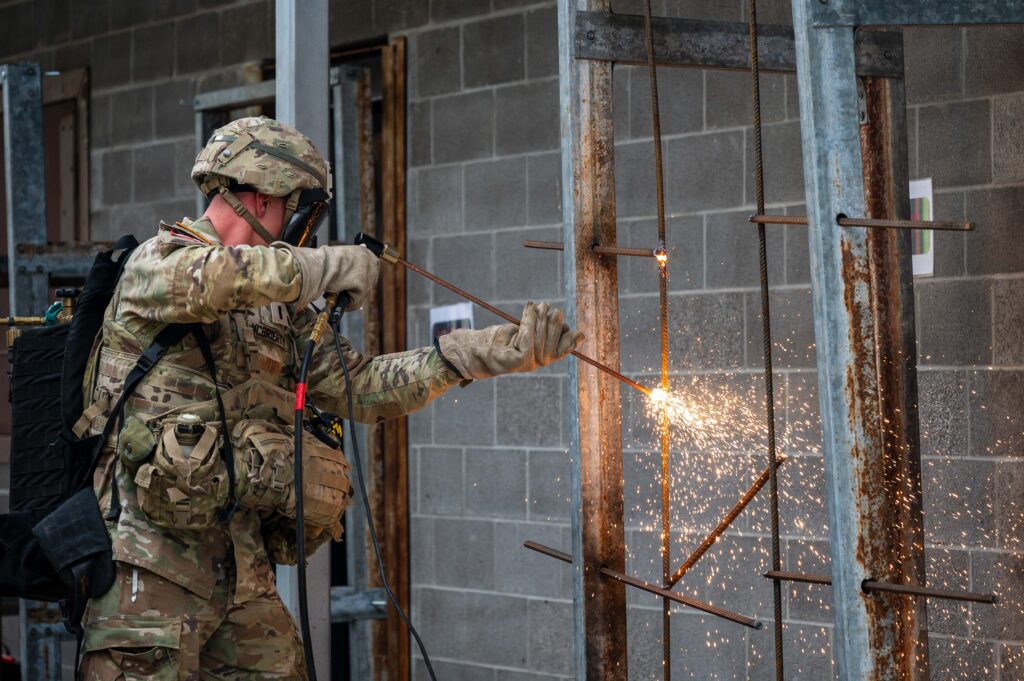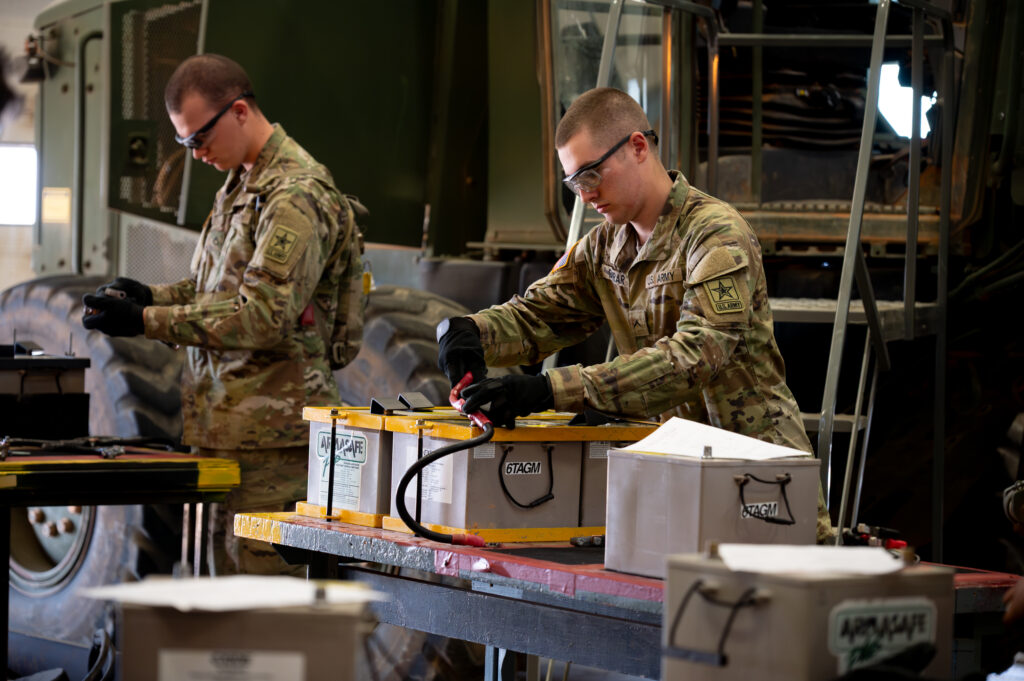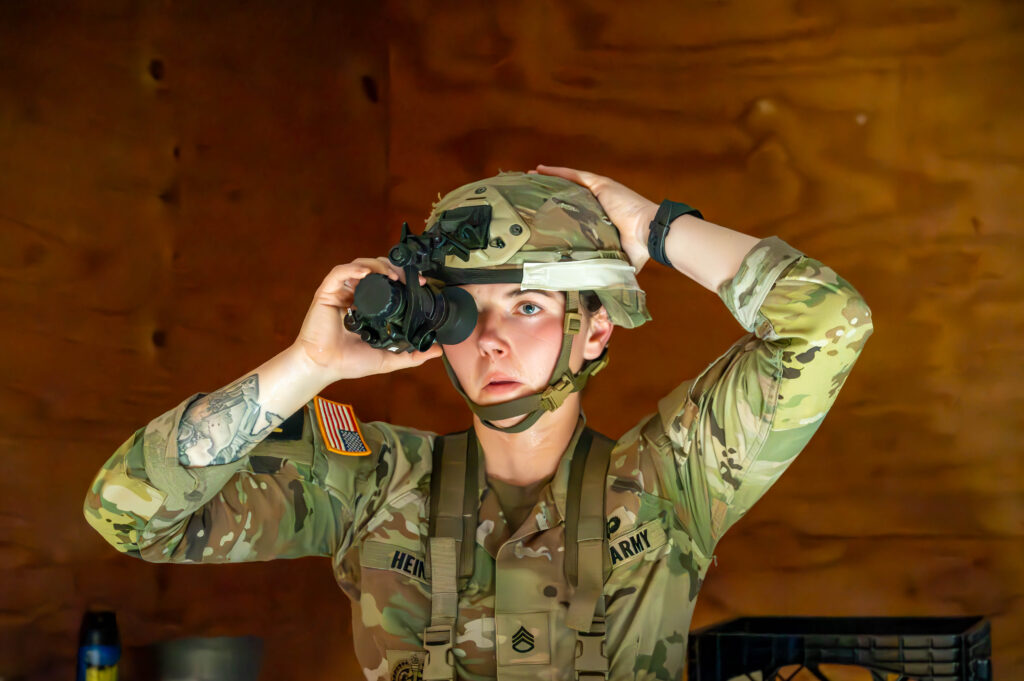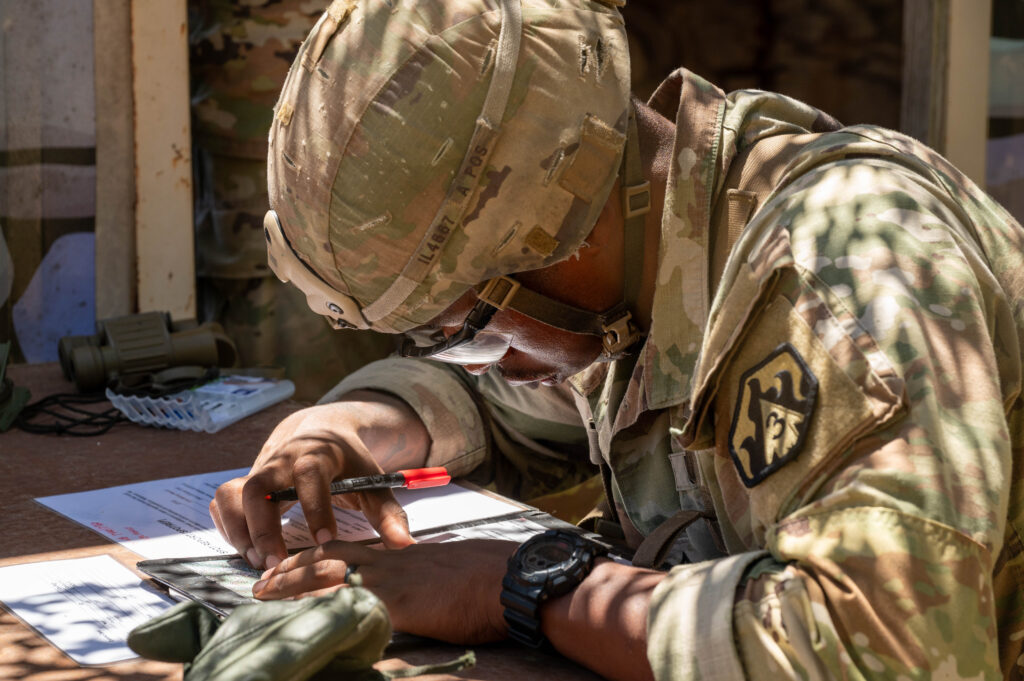By Joyce Waybright
FORT LEONARD WOOD, Mo. (Nov. 15, 2018) — November is Native American Heritage Month. In 1990, the month of November was chosen because it is traditionally a time when many Native Americans gather for fall harvest festivals, world-renewal ceremonies, and powwows.
The purpose of the celebration is to recognize the important role that Native Americans have played in our history. It is also a time to acknowledge the injustices and an opportunity to look at the challenges that Native Americans still face. The Bruce C. Clarke Library will have displays of library materials in the main and children’s libraries as well as themed story times.

Waynesville is one of seven official sites on the Trail of Tears National Historic Trail in Missouri. In 1830, Congress passed the Indian Removal Act, and by 1837, 46,000 Native Americans from the Choctaw, Muscogee, Creek, Chickasaw and Seminole tribes had been removed from the southeastern states opening approximately 25 million acres for predominantly white settlement.
A small group of Cherokee negotiated the Treaty of New Echota in 1835, which was enacted by Congress in 1836, and gave the Cherokee two years to relocate to Native American Territory (now known as Oklahoma). Most Cherokee refused to recognize the treaty and few had moved by the deadline.
In 1838, General Winfield Scott and 7,000 soldiers began the forced removal of approximately 16,000 Cherokee, the first of which were plagued by disease and poor supplies. In an effort to save his people, Principal Chief John Ross organized detachments of approximately 1,000 people and led them 800 miles to Native American Territory. The detachments were brought in via six routes, two of which passed through Roubidoux Spring in Waynesville.
The City of Waynesville has installed seven Trail of Tears wayside exhibits. They begin at Roubidoux Spring and follow the walking path along the Roubidoux River.
Two other sites within 45 minutes of Fort Leonard Wood are Maramec Spring Park and Snelson-Brinker Cabin near St. James, Missouri.
Native Americans have also served honorably in our nation’s military. In fact, there are 25 Native American recipients of the Medal of Honor.
The U.S. Army Center of Military History has many interesting documents, photos, and artwork about Native Americans in the Army.
You may know the history of the Navajo code talkers, but did you know that there were Comanche code-talkers on D-Day? And did you know that in World War I, messages where transmitted in Choctaw?
For additional reading, you can visit www.history.army.mil or the Bruce C. Clarke library which carries, among other resources, “The Comanche Code Talkers of World War II” by William C. Meadow.
The library continues to add to our collection of books, DVDs, and research databases to support the study of Native American heritage and culture.
It has a number of contemporary, historical and multicultural databases and digital materials available for our patrons such as the Biography Reference Center and Gale Virtual Reference Library.
(Editor’s Note: Joyce Waybright is the chief of community services at the Bruce C. Clarke Library. Fort Leonard Wood will host the 2018 National American Indian Heritage Month Observance Luncheon from 11:30 a.m. to 1 p.m. Nov. 30 at the Pershing Community Center.)
